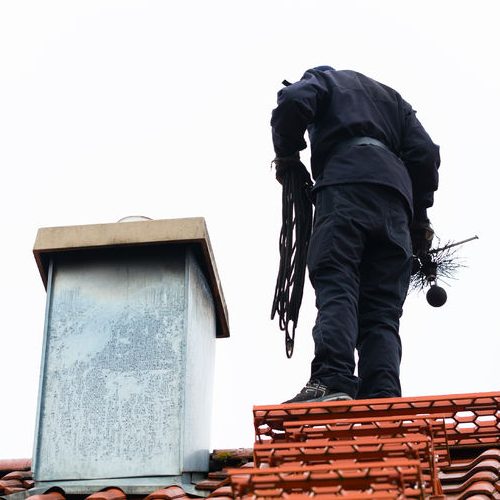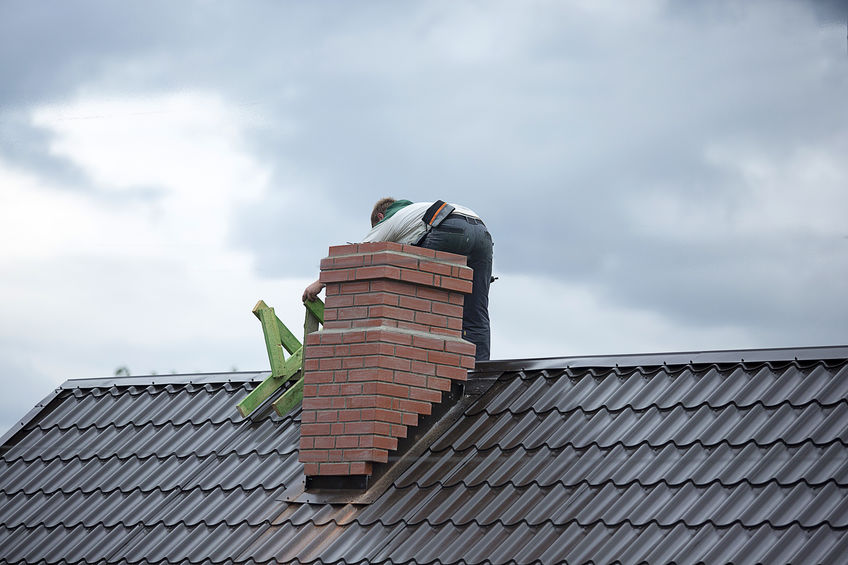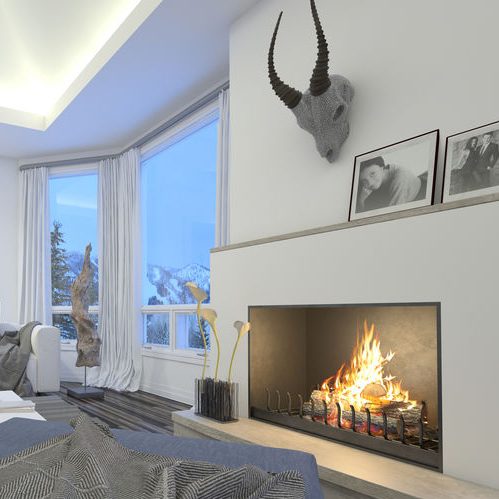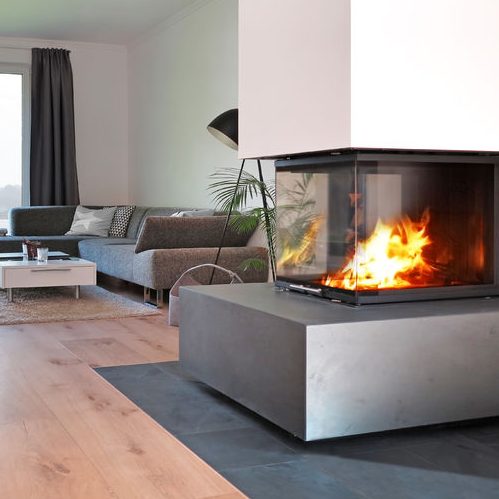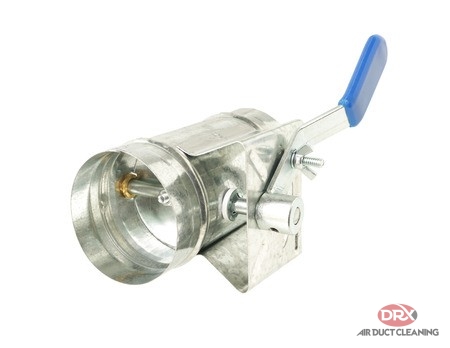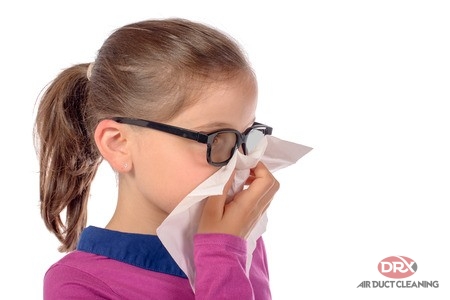How often do you think about cleaning your ducts cleaning for your home in Hunterdon County? There are a bunch of home maintenance routines that homeowners should follow, and part of this is air ducts cleaning. While many homeowners know their air ducts need to be cleaned on a regular basis, not many know when or how often to do it. Before we go over that, let’s go over what air duct cleaning actually is and how it can benefit you.
Why Air Duct Cleaning is Important:
Air duct cleaning helps in removing debris and dirt from the air duct system. This debris and dirt includes mold, mildew, insect droppings, vermin, dust from any recent construction, or other items that may get stuck in the air ducts like paper clips, pet food, and so on. Once you have your air ducts cleaned, your air system will work more efficiently.
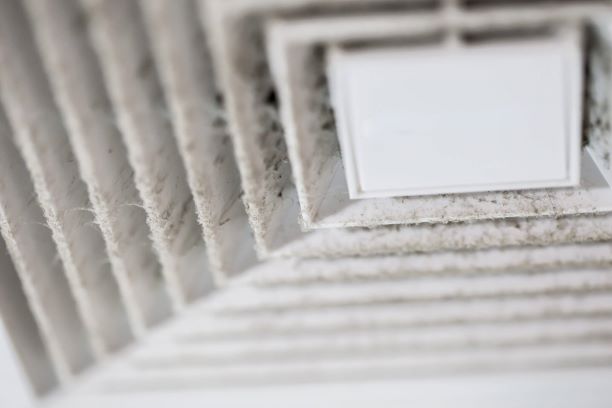
How Often Should You Clean Your Ducts?
The NADCA (National Air Duct Cleaning Association) suggests that vents and ducts should be cleaned once every three to five years. However, there are other factors too that may influence how frequently your ducts need a cleaning, including what the homeowner prefers. The NADCA further suggests that the air ducts need to be cleaned more often if you have pets or smokers at home, or if any member of your family suffers from chronic lung problem or any allergy.
When to Clean Your Air Ducts:
Though the recommendation for the frequency of air duct cleaning varies, there still are certain circumstances under which the NADCA suggest the air ducts need to be cleaned. So, you must consider cleaning the ducts before you move into your new home because you do not know the last time the previous homeowner had this job done, or if the homeowner had any pets, recent renovations, or if there were any smokers present. A cleaning should also be considered if the HVAC system has experienced any water damage, if there was any pest infestation, or if mold has been detected in the home.
Signs You Need Clean Your Ducts with DRX Air Duct Cleaning Services:
At times, your ventilation system itself will help you know that it is time you have your vents and air ducts cleaned. As per the EPA, if you see a “poof” of dust coming from your vents when you start your air system then it is time for the ducts to be cleaned.
Your furnace filters will also remind you of the cleaning process. If you notice a lot of dust present around the filter, then it indicates that dirt is being circulated through the system and thus you need an immediate cleaning.
Lastly, if you notice insects or rodents moving in and out of your ventilation system, then you need to get the entire system cleaned so that you can get these pests not only out of the system but also out of your home.
Make sure to look for these signs and get your air ducts cleaned on a regular basis, as it is only then that you will keep your system operating the most efficiently.
Looking for the Best Hunterdon County Duct Cleaning Contractor?
DRX Duct Cleaning in North Plainfield and Bridgewater, NJ is a certified & licensed company by the NADCA and IAQA. Hiring an ASCS certified air duct cleaning New Jersey contractor is the #1 thing you should consider before calling any company! Our North Plainfield and Bridgewater, NJ air duct cleaning business provides residential, commercial, & industrial air duct cleaning services. We also offer exhaust ventilation cleaning and mold remediation for HVAC systems too! Service area include towns in the Hunterdon County duct cleaning, NJ area such as Clinton, Pittstown, Tewksbury, Whitehouse Station, Green Brook, Watchung, Bridgewater, Kingwood, Montgomery, Bedminster, Bernardsville, Branchburg, Califon, Flemington, Bethlehem, Lebanon, Readington, Somerset, and many more throughout New Jersey. For more information on our air duct cleaning or other services, call us today at 908-755-2950 or visit our website.
Other Posts:

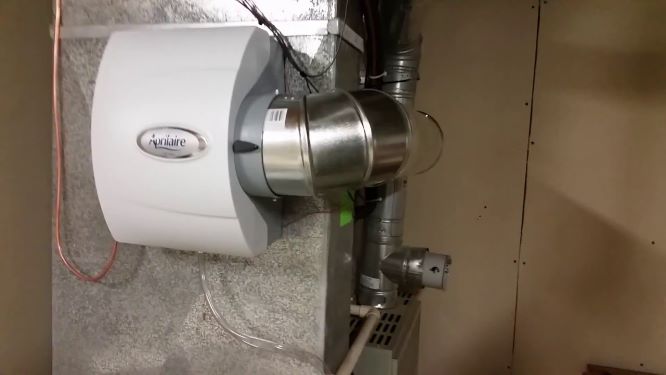 Humidifiers are great at providing relief from dry skin, dry sinuses, bloody noses, and other respiratory ailments that are sometimes attributed to lack of moisture in the air. However, if not properly cleaned, dirty humidifiers can become a breeding ground for mold and bacteria. Be sure to consult your doctor before installing or using a central humidifier if you have asthma, allergies or any other respiratory health conditions.
Humidifiers are great at providing relief from dry skin, dry sinuses, bloody noses, and other respiratory ailments that are sometimes attributed to lack of moisture in the air. However, if not properly cleaned, dirty humidifiers can become a breeding ground for mold and bacteria. Be sure to consult your doctor before installing or using a central humidifier if you have asthma, allergies or any other respiratory health conditions.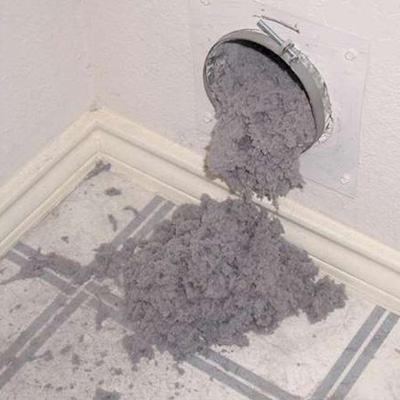 Birds will typically create their nests at the opening of the line, but sometimes they can be lodged deeper. Blockages caused by these nests are common. Also, if the bird becomes deceased inside the line, it is very unhealthy. How can you be sure whether or not you have a nest? Take a look at the outside vent cover. If straw, twigs, leaves and lint are visible, this could be a sign. Your clothes may also take longer to dry, indicating a blockage. The final and most apparent sign may be hearing the bird chirping.
Birds will typically create their nests at the opening of the line, but sometimes they can be lodged deeper. Blockages caused by these nests are common. Also, if the bird becomes deceased inside the line, it is very unhealthy. How can you be sure whether or not you have a nest? Take a look at the outside vent cover. If straw, twigs, leaves and lint are visible, this could be a sign. Your clothes may also take longer to dry, indicating a blockage. The final and most apparent sign may be hearing the bird chirping.